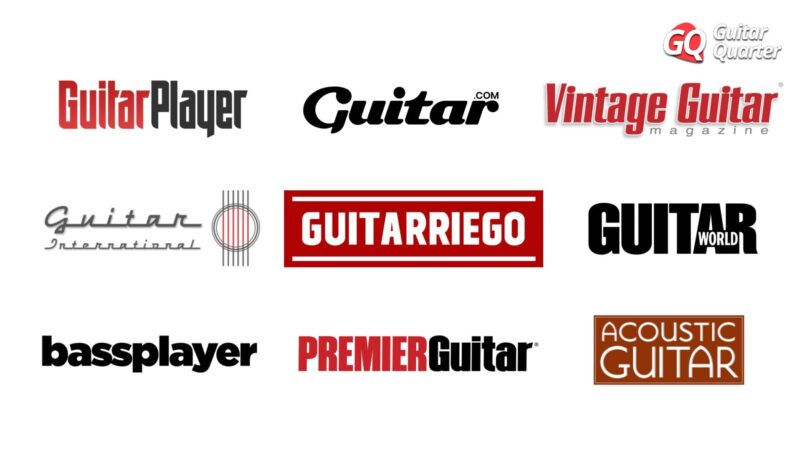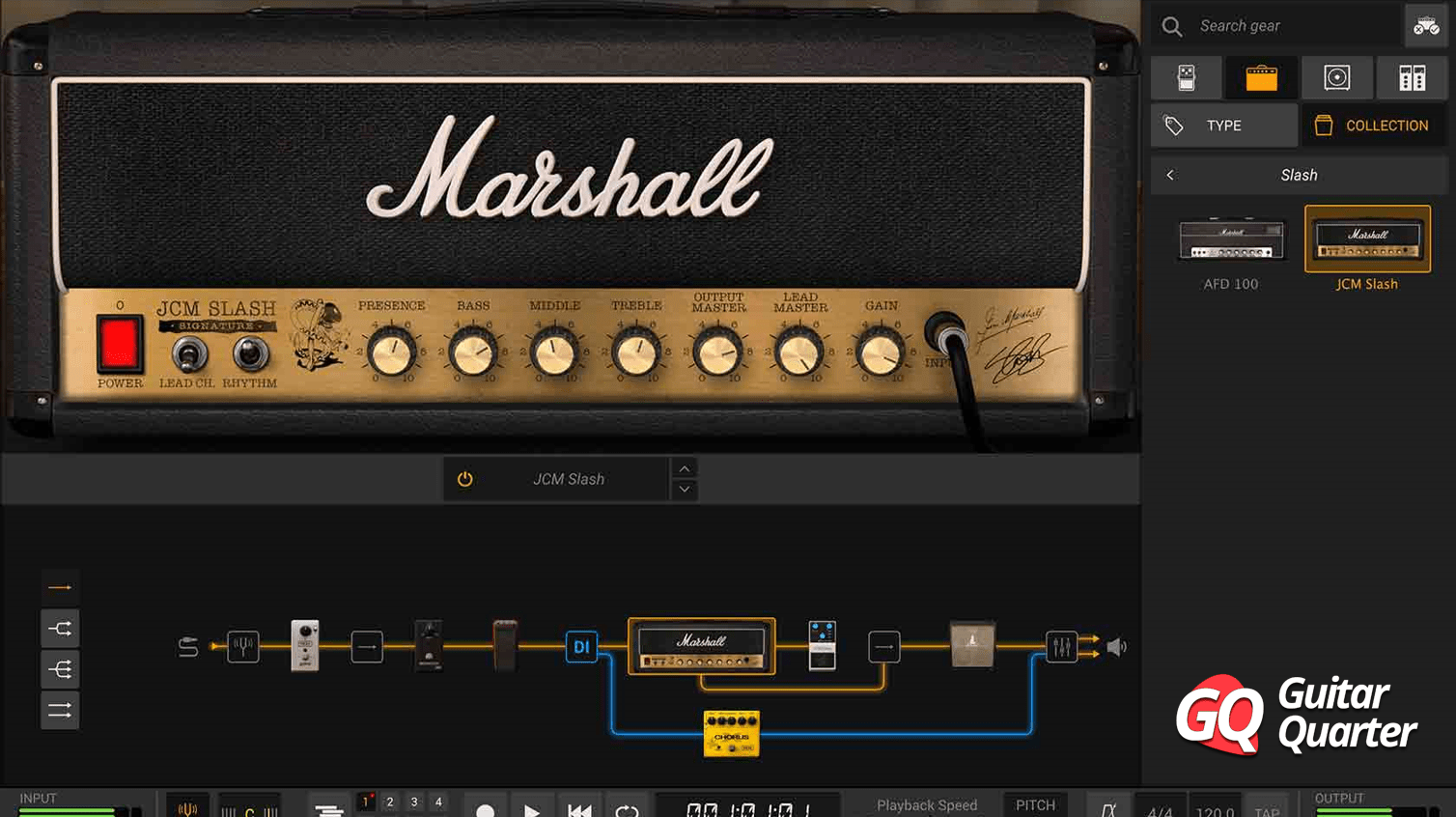Gain vs Volume: What do they mean and difference between them?

Volume and gain are two similar concepts, but very different, undertading what is the difference between them will help you to understand your guitar tone.
Table of Contents
Gain and Volume, two similar concepts, but very different
Without a doubt, the concepts of volume and gain are very similar, however, knowing the difference between them is essential to understand how the tone of your guitar is built. Thus, knowing the difference between volume and gain will help you have more control over the audio of your instruments.
Once you have finished reading this guide, you will understand better how the guitar tone works.
What is volume?
The volume or intensity of the sound is the amplitude of the vibration or the width of the wave or the sound pressure level (SPL). That translates to how loud something sounds. The volume of a sound can be loud like the sound of thunder; or faint as the buzzing of an insect.

How is volume measured?
Volume is measured in decibels, which is usually written as dB. The more decibels (dB) the louder something sounds, the less decibels (dB) the quieter it sounds. For reference, a conversation usually has between 50 and 60 decibels, the noise of the wind in the trees 20 dB, a conversation in a low voice or whisper, has 30 dB, and finally, a Rock band and Clubs have approximately between 104 and 112 decibels.
How much noise can our ears tolerate?
Our ears can suffer irreversible damage from permanent hearing loss if they are exposed to noises above 85 dB for too long.
According to the WHO, the safe exposure to a rock concert at full volume is only 28 seconds. Hence, the importance of hearing protection for musicians when they play with their band to avoid hearing problems, not only in the long term, but also in the short term.
Below you can see the daily noise exposure levels for each decibel level:

What is the gain of an amplifier or circuit?
Gain is the input volume to a system, circuit, stage, or amplifier; unlike the volume which is the output volume. In this way, the gain control determines how strong the signal is before it enters any processing, system, circuit. The objective of the gain is to saturate a stage of the circuit to obtain distortion; Unlike the volume that seeks to control the sound pressure level.
How is gain measured?
Like volume, gain or input volume is also measured in decibels (dB).
What is the difference between gain and volume?
The volume or output volume does not normally modify the sound, since the amount of audio signal it sends is usually in line with the capacity of the next stage in the amplifier circuit. On the other hand, the gain or input volume is a volume that is designed to send a higher level of decibels than those supported by the amplifier circuit stage to which it is sent, with the aim of saturating it to achieve compression and distortion of the audio signal.
Volume and Gain of guitar amps

In amplifiers that have Volume, Gain and Master control, normally -but it depends on each circuit- the location of these is: i) Volume is at the beginning of the circuit; ii) Gain before the stage of the circuit that will generate saturation; and iii) Master before power stage of the amp. The three controls are volumes, but the purpose of each one is different.
Modern amplifiers with gain control allow you to achieve distortion from the preamp while keeping the volume low. This is thanks to the gain control that allow sending a large number of decibels and saturating the circuit, achieving compression and distortion of the signal. At the same time we can keep the volume reasonably low with the volume knob and / or Master.
In contrast, classic amplifiers without gain control, to achieve saturation, it is required to use them at high volumes to be able to demand the circuit. Unlike preamp saturation -clipping-, these typically have power amp saturation -clipping-.
Volume and Gain on guitar effects pedals
At this point, you will understand that when you modify the Volume or Level of your Overdrive, Booster or Distortion pedal connected to the Input of your amp, you are increasing the gain of the audio signal, since you increase the volume of the input to the amplifier. Depending on how much Headroom your amp has, increasing the Level on your pedal will increase: i) just the volume (SPL); ii) the volume and saturation of your amplifier or finally iii) only the saturation.

Conclusion: gain vs volume
Gain and volume are very similar concepts; but their difference is as subtle as it is important for controlling the tone of your guitar and amp.
Summarizing:
- The volume is the output volume of the channel or amplifier, and usually does not affect the tone. Its purpose is to control the volume (SPL) itself.
- The gain is the input volume of an stage of the amp and it controls the overdrive of the audio signal. The Gain is a volume that has the objective of saturate a stage of your amp to get distortion.
See also our note on Guitar Amp VST Plugins.






